In my last post I concluded that the best innovation creates exponential impact. While small clean energy funds, niche forestry grant programs, microfinance loans to women, and other drops in the impact bucket are still a worthy pursuit, it’s time to shift our thinking far beyond filling buckets drop-by-drop and toward investing in fire hoses.
For those of you who may not remember your grade-school algebra, by exponential impact I mean impact that is characterized by an extremely rapid increase relative to its inputs.
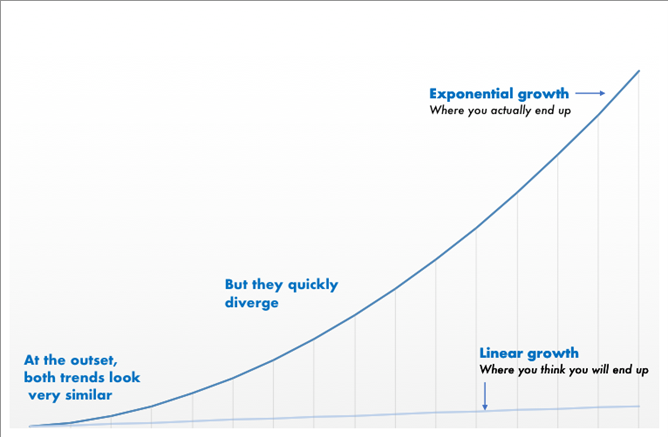
More than being a cool new entry in our collective lexicon of self-satisfying jargon, exponential impact is completely necessary to address the world’s exponential problems from climate change to child labour (see figures below). For our most pressing issues, linear progress simply can’t and won’t keep up.
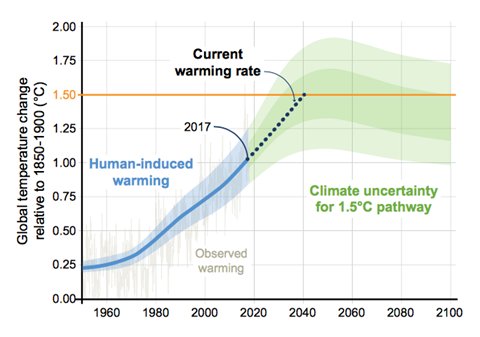
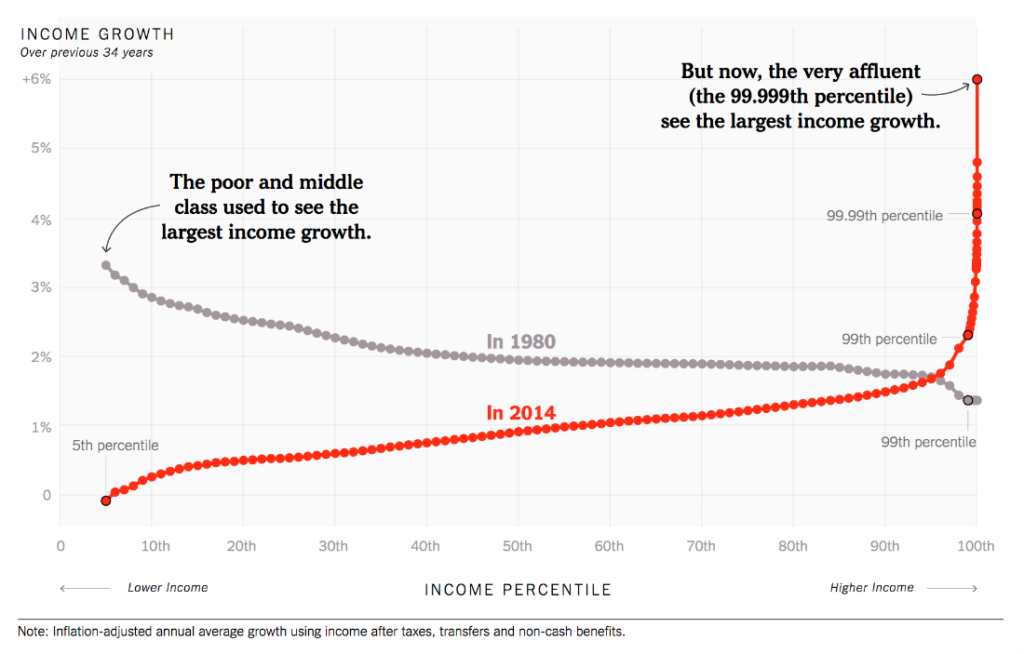

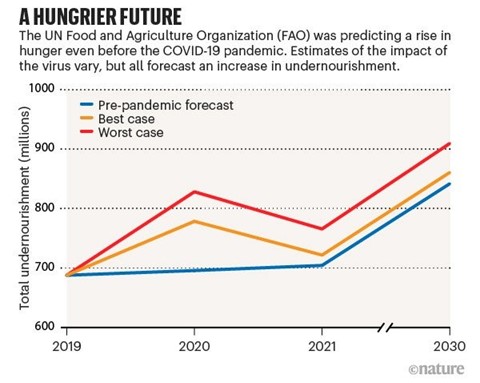
Adopting an exponential mindset requires us to think big, challenge the “old way” of doing things, and to use the technology of the future to create impact. We need to stop asking “how can we create impact?” and start asking ourselves “how can we create ten times more impact?”
This was one of the overarching themes of the Impact Finance Innovations course I attended at Oxford University Säid Business School and one of the first answers was provided by guest lecturer Anne Connelly through a focus on the “Six ‘D’s of Exponential Technology“ as the secret to positively impacting the lives of millions of people.
Coined by Peter Diamandis, the Six ‘D’s are a road map for rapid development that leads to massive industry disruption through the use of digital technologies.
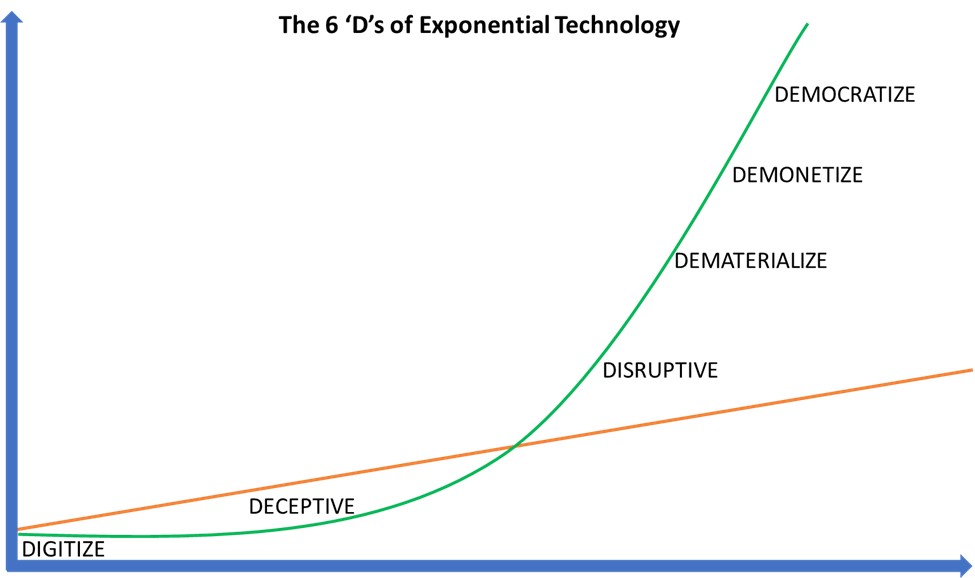
The starting point for any exponential technology is digitization. Digitization is often key in scaling new developments, especially on a global level. When anything is digitized, it begins to behave like an information technology, gaining the benefit of the rapid information dissemination of the information age. Anything that becomes digitized can become easy to access, share, and distribute at the speed of the internet.
Example: Affordable housing continues to be a major constraint for well-being in both developed and developing countries. With the rise of 3D printing, building blueprints can be coded and read by large-scale printers that can build houses at a fraction of the time and cost as traditional construction.
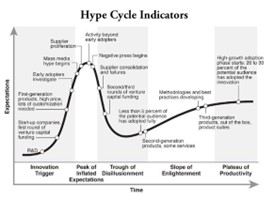
Newly digitized products develop at an exponential pace instead of a linear one. Initially this can be deceptive as the technology’s early trajectory seems linear and like it will never catch up with the status quo. This can happen with any new technology. Initial returns may not seem to be worth the effort compared to early-stage linear progress which makes it easy to stop pursuing change. This is also the phase where we see the Gartner Hype Cycle in action – when inflated expectations and early adopters are thrown into the “trough of disillusionment” before ascending the “slope of enlightenment.”
Example: 3D printed houses are interesting, but they lack the finesse of traditional construction and manual labor is still required to integrate electric wiring and plumbing systems. It is a nice idea but will never be as good as a traditionally constructed house. Besides, less than one percent of new constructions are 3D printed.
As the exponential curve rises quickly, the nay-sayers of the deceptive stage must start back-tracking. Because digital technologies outperform in cost and effectiveness, the old way of doing things is massively disrupted and eventually made obsolete to all but history enthusiasts and luddites.
Example: 3D printed housing is going up all over the world. The carbon footprint of 3D printed houses is 70% less than traditionally constructed homes. 3D printed homes are far more affordable thanks to the speed at which they are built and their reduction in material waste. Because 3D printed homes are so quick to build, they are essential in combating housing shortages and providing disaster relief. Rapid testing and prototyping drives constant, exponential improvement. With its greater cost and efficiency, 3D printing will replace much of traditional construction.
To dematerialize a technology, the physical products required need to be removed or reduced from the process. This limits logistic, cost, and resource constraints.
Example: Industrial 3D printing can leverage other potential exponential technologies and use a vast array of inputs to generate construction material. Printing is no longer dependent on costly shipments of specifically manufactured filament. Material can be created out of local clays, recycled plastics, and maybe even the air itself.
As technologies become cheaper, cost constraints are abated with many technologies, or elements of those technologies, even becoming free.
Example: Open-source blueprints, the cost-saving of the dematerialization stage, and the wide adoption of the technology that drives scale and leads to cheaper machinery will make 3D printed architecture increasingly cheaper. Coupled with equipment sharing and leasing schemes, constructing a home could become less expensive than a smart phone.
Once something is digitized, dematerialized, and demonetized it becomes something that is nearly universally accessible. Powerful technology is no longer restricted to governments, large corporations, or the wealthy.
Example: With a 3D printed house costing less than the latest iPhone and having a significantly reduced (or even negative, with the integration of carbon-capturing materials) environmental impact, the economic and environmental constraints to home construction will be all but gone, rendering mass-scale homelessness a terrible cruelty of the past akin to witch trials and cannibalism.
3D printing is a good example of exponential technology that can be adopted for exponential impact. In the example of affordable housing I used above, wide-spread investment in this technology could contribute to solving an array of ESG problems. (If I’ve piqued your interest you might enjoy this YouTube video from the World Economic Forum about the social applications of 3D printed buildings).
Using the Sustainable Development Goals as an indicator, this technology could result in interventions that make direct and material contributions to:
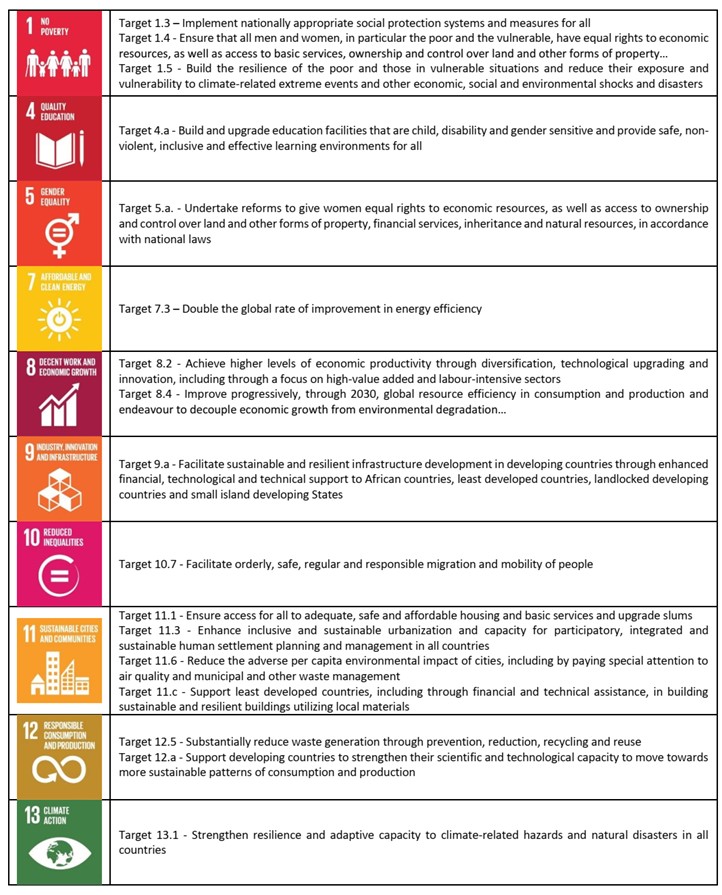
This does not even begin to tally the indirect objectives to these and the other SDGs.
Furthermore, housing is hardly the only application for 3D printing. This technology can be used for agriculture, sustainable industry, and even healthcare (see Legs 4 Africa). And 3D printing is far from the only exponential technology that can be harnessed for impact. Cellular agriculture could change the way we produce and consume all kinds of food from coffee and milk to meat that limits the environmental impact and ethical concerns (both for humans and animals) of traditional agriculture. Companies like Solar Foods are creating protein out of thin air with technology that, if democratized, could truly end world hunger. Drones can seed-bomb de-forested land, creating carbon sink forests at unprecedented speed. Artificial Intelligence is revolutionizing all kinds of industries and activities, even the fight against poaching with technology like TrailGuard AI. Virtual Reality is already being applied across social work, training social workers for disaster preparedness.
The possibilities for exponential technology and its application to impact is only limited by our collective imagination and our willingness to address problems as they arise.
All of this is not to say that innovative tech is strictly utopian. Part of our responsibility as impact-oriented actors is to ensure that these solutions are used for good and mitigate any potential negative impacts.
It is easy to see negative externalities for a lot of this technology, from security and data protection to manufacturing exploitation. In my 3D printing example, the jobs lost in the construction sector will need to be considered and replaced as well as the environmental impact of expanding the built environment. Impact investors will need to apply appropriate care and diligence in ensuring all environmental, social, and governance risks are well considered and mitigated – no matter how exciting the technology being applied is.
At an even higher level, new technology brings about new ethical considerations. This is easily demonstrable in discussions surrounding AI. At what point does AI become sentient? What level of sentience demands the equivalence of human rights? These questions are already being considered as abuse of AI is already rampant (for an example, read “Men Are Creating AI Girlfriends and Then Verbally Abusing Them” by Ashley Mardhain). Rapid progress will require rapid consideration of the ethics involved.
The most essential problem for this model of exponential impact is that digitalized technologies are only as wide-spread as internet access. This means advancing connectivity should be a far more discussed topic than it currently is. While current trends in renewable energy investment and gender-lens investing are net positive steps to be taking, we may be losing the forest by concentrating on the trees. The best way to approach exponential impact, whether through technology or through restructuring our current financial system, is to zoom out and address the systemic obstacles to all progress as opposed to bowing to the status-quo and contorting small-scale interventions through a maze of constraints.
This article was written by Morgana Bourggraff who received an InFiNe.lu scholarship to follow the executive training, Oxford Impact Finance Innvoations programme.
Read her first article “Impact Finance: Is it time to stop innovating and just get on with it?” here.
InFiNe is the Luxembourg platform that brings together public, private and civil society actors involved in inclusive finance. The value of InFiNe lies in the wide range of expertise characterised by the diversity of its members.
With the support of

Inclusive Finance Network Luxembourg
39, rue Glesener
L-1631 Luxembourg
G.-D. de Luxembourg
Tel: +352 28 37 15 09
contact@infine.lu
R.C.S. : F 9956
Legal notice
Privacy notice
Picture 1 © Pallab Seth
